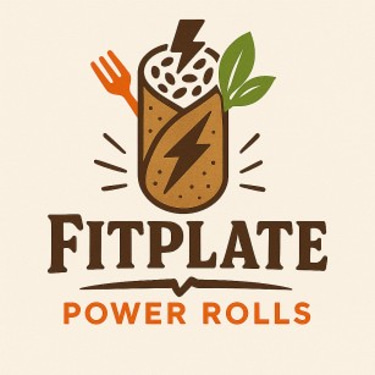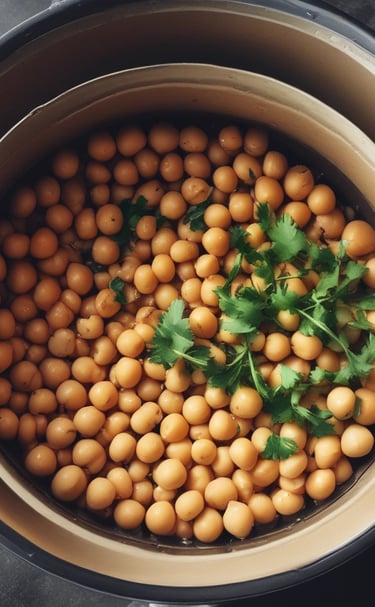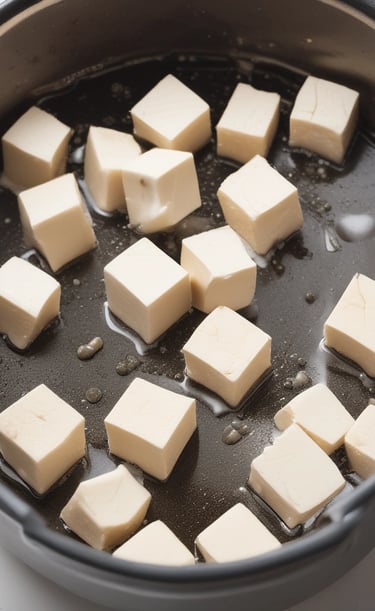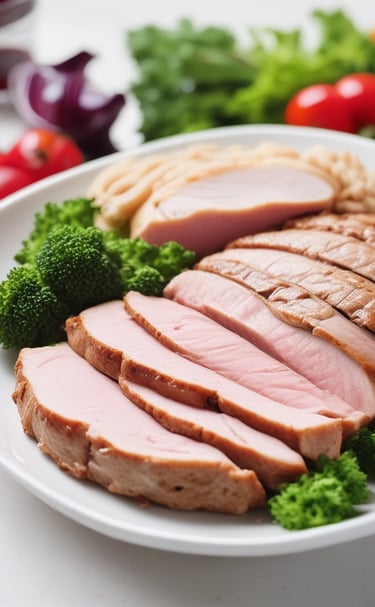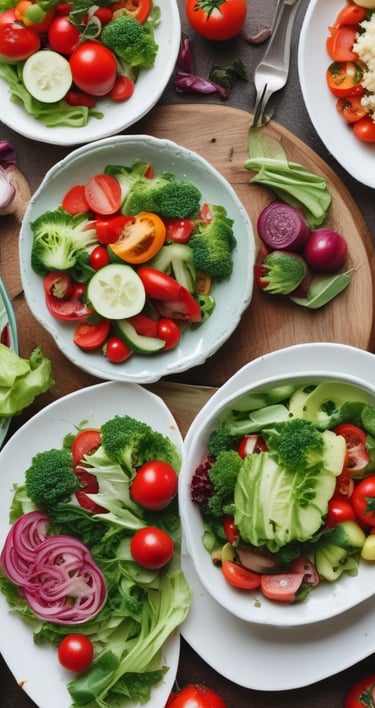The FitPlate™ Revolution
The Real Rice Substitute
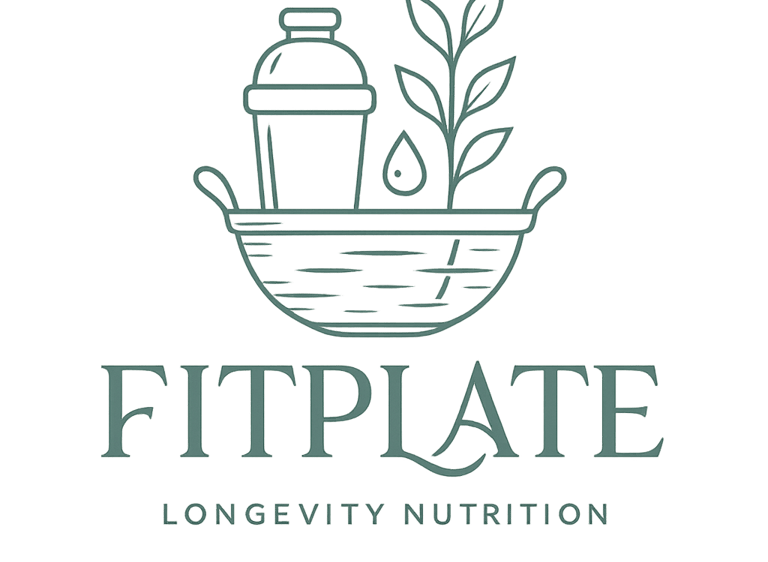

RICE SUBSTITUTE WITHOUT THE WEIGHT GAIN EFFECT
600 - 1200 % HIGHER IN FIBER CONTENT THAN WHITE RICE
30 - 80 % MORE PROTEIN THAN WHITE RICE
10 - 25 % LOWER IN CARBOHYDRATES
200 - 500 % MORE IN HEALTHY FATS THAN WHITE RICE
OVER 3000 % MORE IN CALCIUM THAN WHITE RICE
200 - 1400 % HIGHER IN IRON THAN WHITE RICE
600 - 1200 % MORE MAGNESIUM THAN WHITE RICE
MUCH LOWER GLYCAEMIC INDEX (GI) THAN WHITE RICE
FitPlate Rule #1
Love Your Carbohydrates
Yes you heard us right!
At FitPlate we love our healthy carbohydrates!
FitPlate Fact You Must Know
Glucose, derived from carbs, is the main fuel for your brain, muscles, and central nervous system.
Harvard Health notes that without enough carbs, your body will break down muscle for energy and impair brain function.
📚 Source: Harvard T.H. Chan School of Public Health
So respect the fact and eat your carbohydrates sparingly.But make sure the carbohydrates you eat are complex,unprocessed and high in fiber - just like FitPlate Millets.
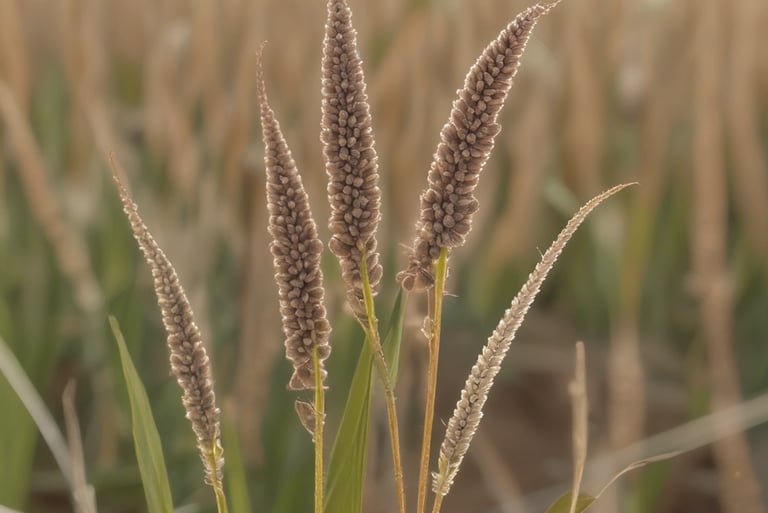

The History of Millets
Millets are a group of small-seeded grasses that have been cultivated for over 7,000 years, making them one of the oldest known grains used by humans. Archaeological evidence indicates millet was a staple food in: CHINA,INDIA & AFRICAN CONTINENTS
🌾 Types of Millets
Millets are broadly categorized into two types:
1. Major Millets (widely cultivated and consumed)
Pearl Millet : High in protein and iron.
Finger Millet : Rich in calcium and antioxidants.
Foxtail Millet: Low glycemic index, helps manage blood sugar.
Proso Millet: High in fiber and protein.
Sorghum : Gluten-free and rich in polyphenols.
2. Minor Millets (regionally grown, highly nutritious)
Barnyard Millet
Little Millet
Kodo Millet
Browntop Millet
Teff (popular in Ethiopia)
Each millet has unique properties, cooking styles, and health benefits, making them versatile and ideal for varied cuisines.
✅ Health Benefits of Millets Over Rice
1. Better for Blood Sugar Control
Millets have a low glycemic index (GI), which means they release sugar slowly into the bloodstream. This helps prevent spikes in blood sugar — ideal for people with type 2 diabetes or insulin resistance. In contrast, polished white rice has a high GI and is linked to increased diabetes risk.
2. Superior in Micronutrients
Finger millet contains 10x more calcium than rice.
Pearl millet has 8x more iron than rice.
Most millets contain B-complex vitamins, zinc, magnesium, and phosphorous in much higher amounts than rice.
3. Rich in Antioxidants and Polyphenols
Millets are naturally rich in phenolic compounds which help fight oxidative stress and inflammation, reducing the risk of cardiovascular diseases and cancer.
4. Supports Digestive Health
The high fiber content in millets improves digestion, prevents constipation, and supports gut microbiota diversity. Rice lacks sufficient fiber, especially if it's polished.
5. Gluten-Free and Gut-Friendly
All millets are naturally gluten-free, making them suitable for people with celiac disease or gluten sensitivity, unlike some wheat-based alternatives.
6. Better for Weight Management
Millets improve satiety due to their high fiber and protein content. They keep you full for longer, reducing unnecessary snacking, aiding weight loss efforts.
7. Sustainable and Climate-Resilient
Millets:
Require 70% less water than rice.
Grow well in semi-arid regions.
Need minimal chemical fertilizers or pesticides.
This makes them eco-friendly and ideal for climate-smart agriculture, unlike rice which contributes to methane emissions and depletes water resources.
🥣 How Millets Are Eaten
Here's a simple, versatile cooking method for preparing most types of millets:
Basic Millet Cooking Method
This method typically yields fluffy,separate grains.
Yields: Approx. 2.5-3 cups cooked millet Prep time: 2 minutes Cook time: 15-20 minutes Rest time: 10 minutes
Ingredients:
1 cup (approx. 180g) uncooked FitGrain Millet
2 cups Water or Broth (for a fluffier texture, some prefer 2.5 cups for a slightly softer grain)
Pinch of Salt (optional)
1 tsp Oil or Ghee (optional, for toasting)
Instructions:
Rinse the Millet: Place the uncooked millet in a fine-mesh sieve and rinse thoroughly under cold running water until the water runs clear. This helps remove any dust or debris and can reduce bitterness.
Optional: Toast (for enhanced flavor): In a medium saucepan, add the oil or ghee (if using). Add the rinsed millet and toast over medium heat for 2-3 minutes, stirring constantly, until it becomes fragrant and slightly golden. This step adds a nutty depth to the flavor.
Combine & Boil: Add the 2 cups of water or broth and salt (if using) to the saucepan with the millet. Bring the mixture to a rolling boil over high heat.
Simmer & Cover: Once boiling, reduce the heat to very low, cover the saucepan tightly with a lid, and let it simmer undisturbed for 15-20 minutes. Avoid lifting the lid during this time. The water should be fully absorbed.
Tip: More softer yield,you might need slightly more water (around 2.5 cups) and a slightly longer cooking time (20-25 minutes).
Rest: Once the cooking time is up, remove the saucepan from the heat, but keep the lid on. Let the millet rest for at least 10 minutes. This allows the steam to redistribute and helps the grains become light and fluffy.
Fluff & Serve: After resting, remove the lid and gently fluff the cooked millet with a fork. Serve hot as a side dish, base for curries, in salads, or as a breakfast porridge.
Tips for Success:
Ratio: The 1:2 millet to liquid ratio is a good starting point. Adjust slightly based on the type of millet and your desired texture.
Soaking (Optional): For better digestibility and slightly faster cooking, you can soak millets for 30 minutes to a few hours before cooking. If soaking, reduce the cooking liquid by about 1/4 cup.
Variety: Millets can be used in savory dishes (like rice) or sweet preparations (like oatmeal/porridge).
📚 References
FAO: “Millets and Sorghum: Forgotten Foods for the Future”
ICRISAT: International Crops Research Institute for the Semi-Arid Tropics
Indian Council of Medical Research (ICMR) – Nutritional guidelines
Harvard School of Public Health – Glycemic Index and Load
National Institute of Nutrition (India)
WHAT ARE YOU WAITING FOR?
HEAD TO OUR STORE AND PURCHASE YOUR FitPlate Fitgrain DELIVERED DIRECTLY TO YOUR DOORSTEP!
Healthy Choices Can Be Fun Too
What some of our walk-in clients said during our premier launch in Bukit Mertajam on 20th May 2025
Their add on is really good.I added tofu with the chicken and I feel I had enough protein for the day and skipped my whey shake.Convenient diet food and taste great.
Jessica Lee
Bukit Mertajam,Penang
I tried their product at the launch at Caffice Cafe in Bukit Mertajam and it was a wholesome food and really filling.Easy to grab as a healthy food especially when I am so busy.
Mark Tan
Permatang Tinggi,Penang
